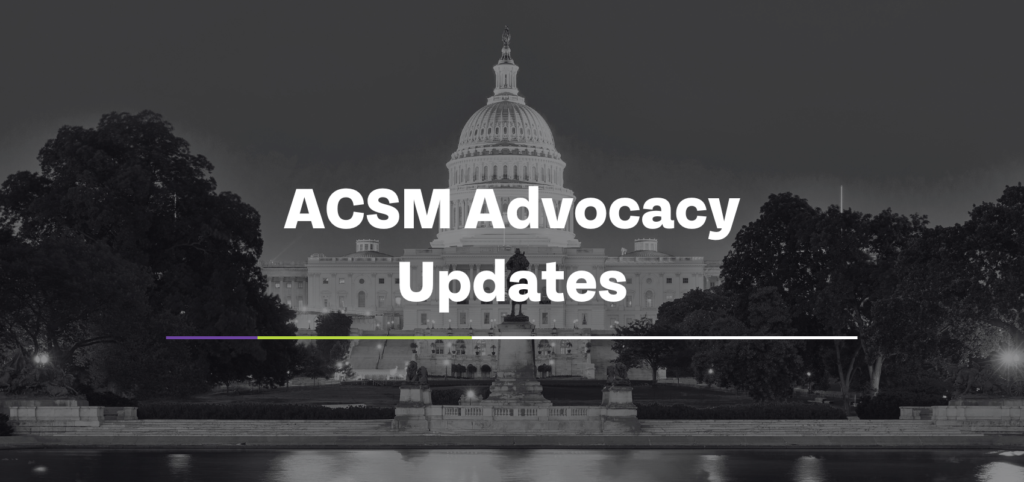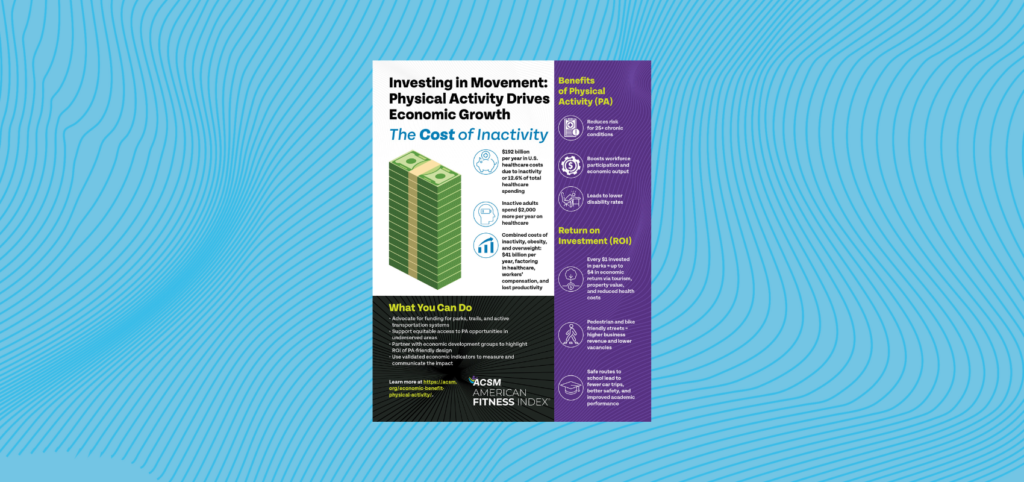Do you have a 529 plan? If so, you can now use those funds to support earning and maintaining an ACSM certification.
On July 4, 2025, Congress enacted the Freedom to Invest in Tomorrow’s Workforce Act as part of the sweeping One Big Beautiful Bill Act. This created a new subsection under Section 529 of the Internal Revenue Code, allowing 529 plans to cover qualified postsecondary credentialing expenses beyond traditional college costs.
What qualifies as a “recognized postsecondary credential?”
ACSM has three certification programs that qualify as a recognized postsecondary credential, per the new guidance:
- ACSM Certified Personal Trainer (ACSM-CPT)
- ACSM Certified Exercise Physiologist (ACSM-EP)
- ACSM Certified Clinical Exercise Physiologist (ACSM-CEP)
These certifications qualify as they are accredited by the National Commission on Certifying Agencies (NCCA) and are listed in the Credentialing Opportunities On-Line (COOL) directories.
How can I spend the funds?
Preparation, examination and certification maintenance fees are all covered under the new law. That means that you can utilize 529 plan funds to pay for:
- Exam prep materials, including books, PrepU, the online prep course and practice exams.
- Exam testing fees.
- Continuing education courses required for maintaining your certification, including all CEC-eligible online courses in ACSM’s learning catalog.
View all prep materials for the ACSM-CPT here.
View all prep materials for the ACSM-EP here.
View all prep materials for the ACSM-CEP here.
When Is the Law Effective?
As of July 4, 2025, qualified withdrawals from 529 plans for eligible credentialing programs are tax-free—effective immediately. However, some state 529 plan platforms may still be adjusting to implement these changes.
How do I get started?
- Check with your 529 plan administrator for instructions on withdrawing funds.
- Be prepared to attest that the withdrawn funds are for qualified credentialing expenses.
- Save and document receipts for prep materials, exam fees and CEC courses.
- Consider consulting a tax advisor to ensure compliance.
Some states may require new legislation to adopt these changes at the state level, even though federal taxation rules have already changed.




